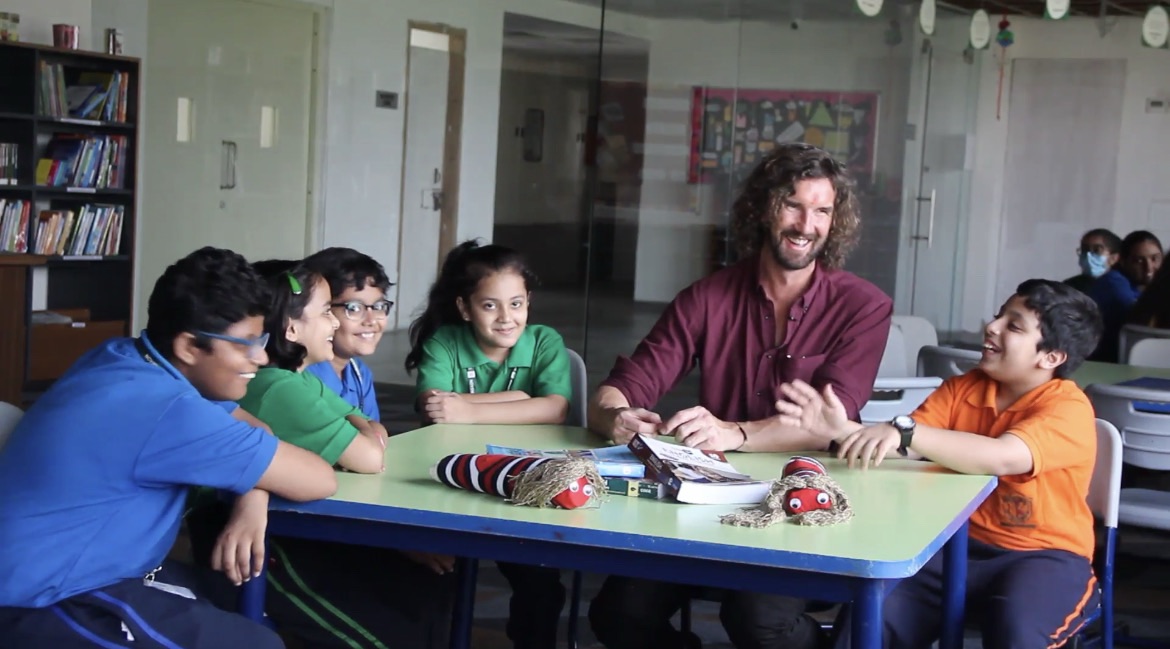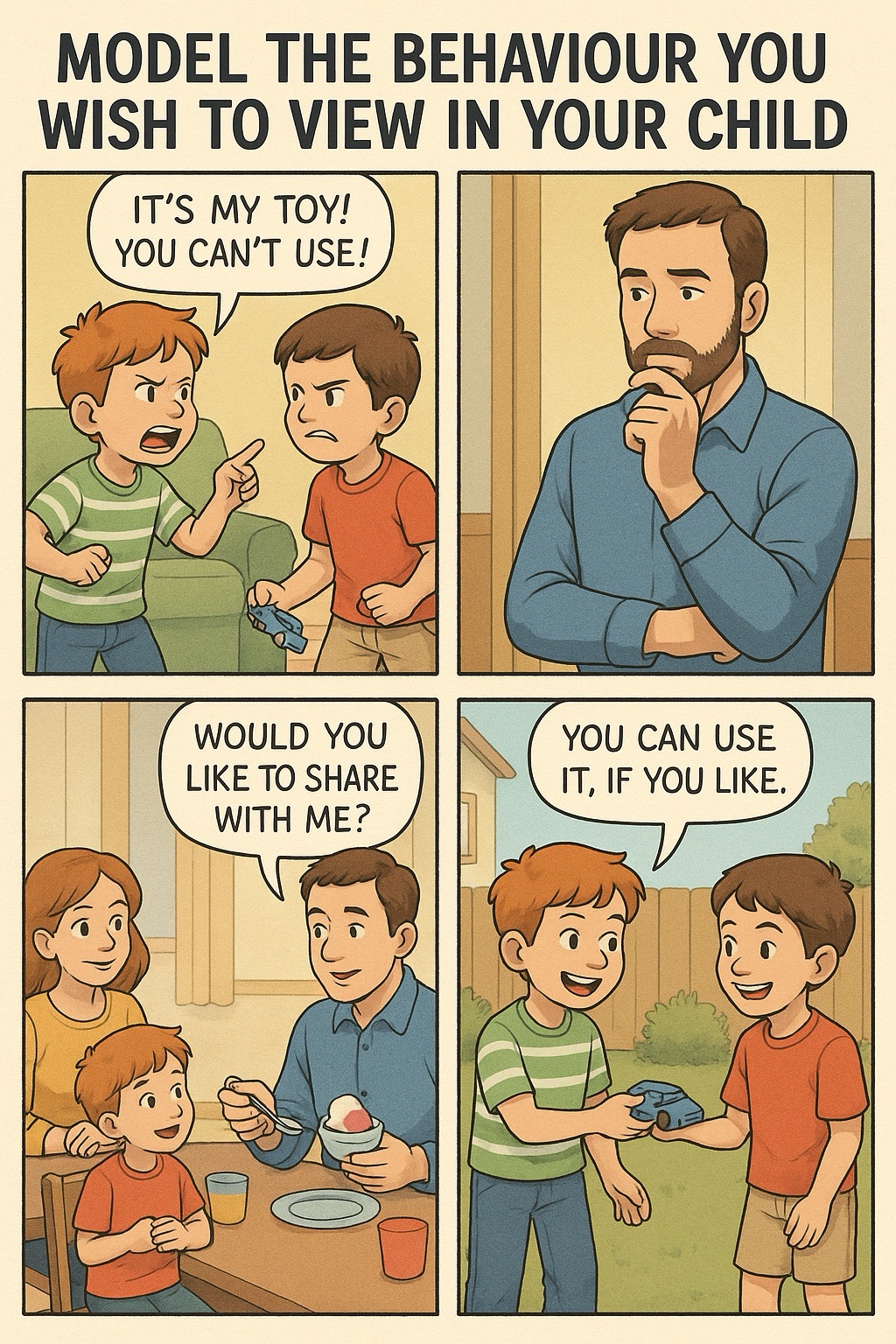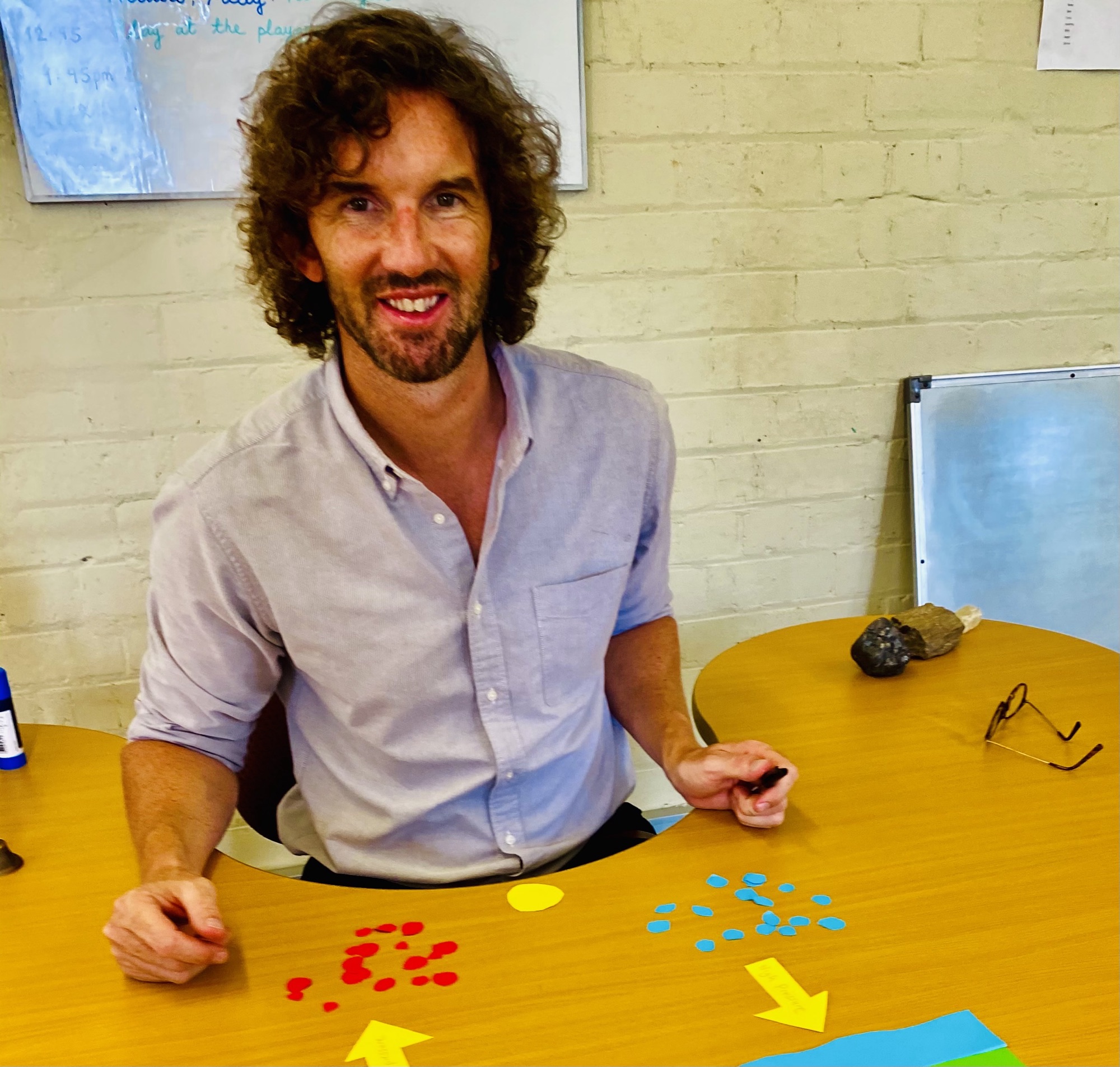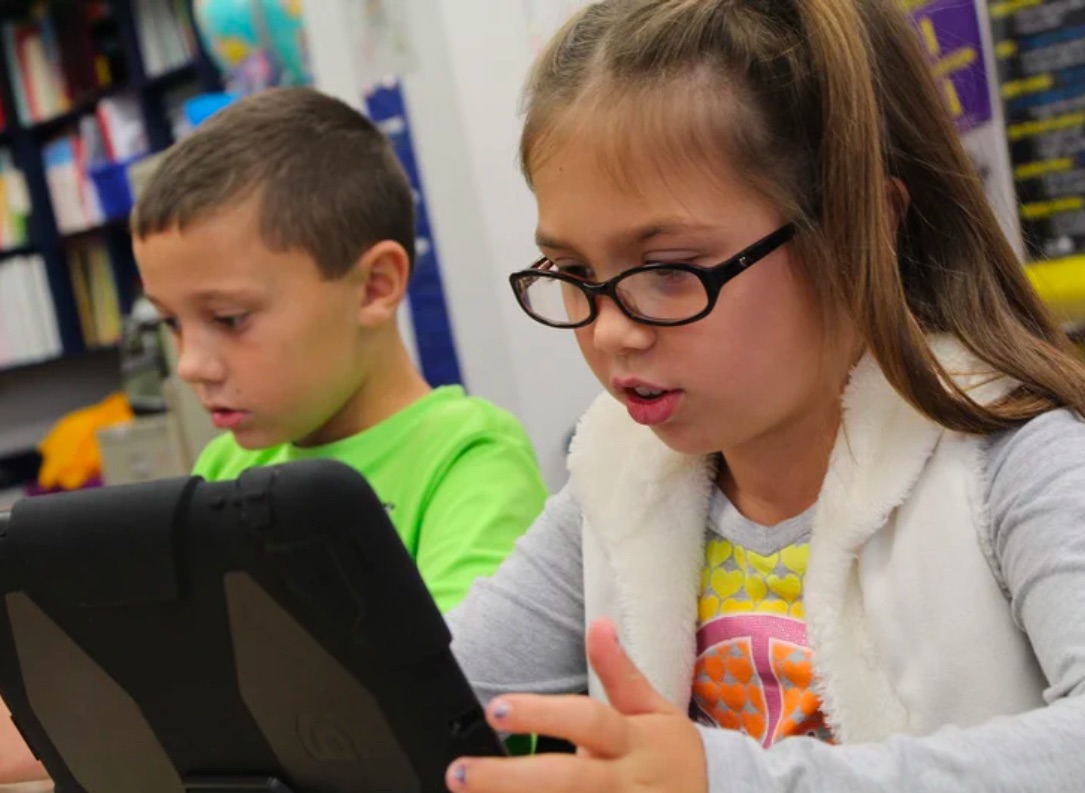In the dynamic landscape of education, the creation of safe spaces within schools is not merely an aspiration but a necessity. As educators, our mission transcends academic instruction, aiming to cultivate environments that foster security, empathy, and intellectual curiosity.
This comprehensive approach is vital for enabling children’s brains to function optimally, unlocking their full potential. Addressing common childhood fears is a pivotal step towards this objective, as fears such as achluophobia (fear of the dark) or sociophobia (fear of social situations) can significantly impede learning.
The Impact of Fear on Learning
A scared child is a child on guard. Research indicates that when a child feels threatened, their brain activates survival instincts, diverting energy away from the prefrontal cortex—the hub of learning, problem-solving, and creativity. Dr. Maria Montessori, a pioneer in child education, asserted, “The first aim of the prepared environment is, as far as it is possible, to render the growing child independent of the adult.”

This philosophy underscores the importance of creating a learning space that empowers children rather than fostering dependency through fear. Neuroscience supports this, showing that a stress-free brain increases the capacity for memory retention and critical thinking by up to 50%.
Strategies for Creating Safe Spaces
- Establishing Predictable Routines
Consistency is the cornerstone of security. Predictable routines reassure students, providing a structured environment where they feel in control. Implementing a clear daily schedule helps reduce anxiety, particularly for children who may struggle with separation anxiety or school phobia.
- Cultivating Emotional Intelligence
Teaching emotional intelligence is as crucial as imparting academic knowledge. Educators can integrate social-emotional learning (SEL) into their curriculum, providing students with tools to understand and manage their emotions. This approach not only aids in overcoming fears but also in developing empathy and resilience.
- Creating an Inclusive Environment
Inclusivity is key to alleviating fears like xenophobia (fear of strangers) and fostering a sense of belonging. By celebrating diverse cultures, backgrounds, and experiences, educators can create a welcoming environment for all students, encouraging them to embrace their identities and those of their peers.
- Encouraging Open Communication
A classroom that values open communication allows students to express their fears without judgment. Regular check-ins and allowing time for students to share their thoughts and concerns can significantly reduce anxiety and build trust between teachers and students.
- Providing Physical Comforts
A comfortable, inviting classroom can make a world of difference. Soft lighting, quiet areas, and personal spaces can help students with achluophobia or haphephobia (fear of being touched) feel safer and more relaxed.
- Empowering Students through Choice
Giving students a voice and choice in their learning journey empowers them. Whether it’s choosing a book to read or deciding on a project topic, autonomy fosters a sense of control and reduces anxiety.
Creating safe spaces in schools is an essential aspect of effective teaching and learning. By addressing common childhood fears and implementing strategies to ensure security and emotional well-being, educators can significantly enhance students’ capacity to learn and thrive.
As we cultivate these environments, we not only elevate academic achievement but also nurture resilient, compassionate individuals ready to face the world’s challenges. In doing so, we honor the insight that education, at its core, is about fostering a better future—one student at a time.⬤









